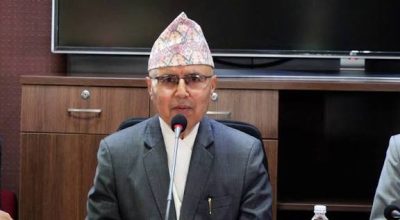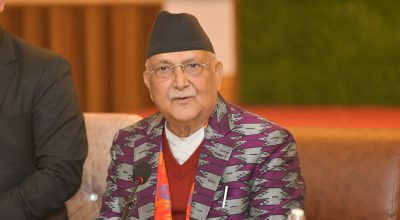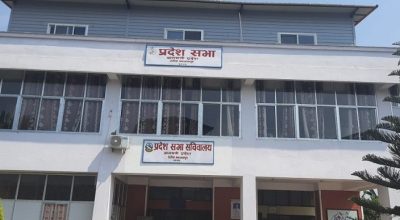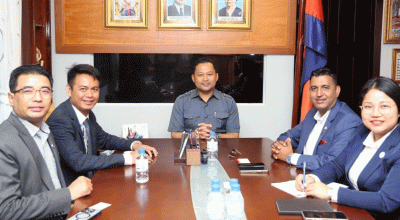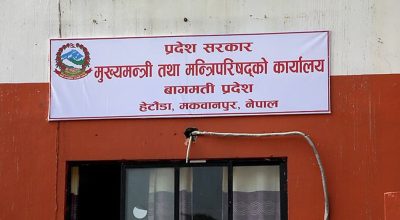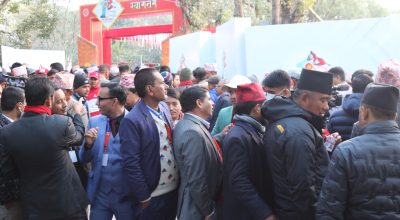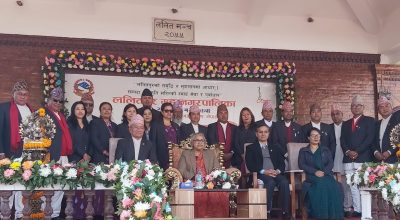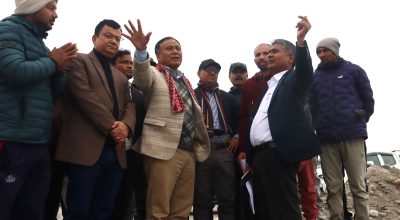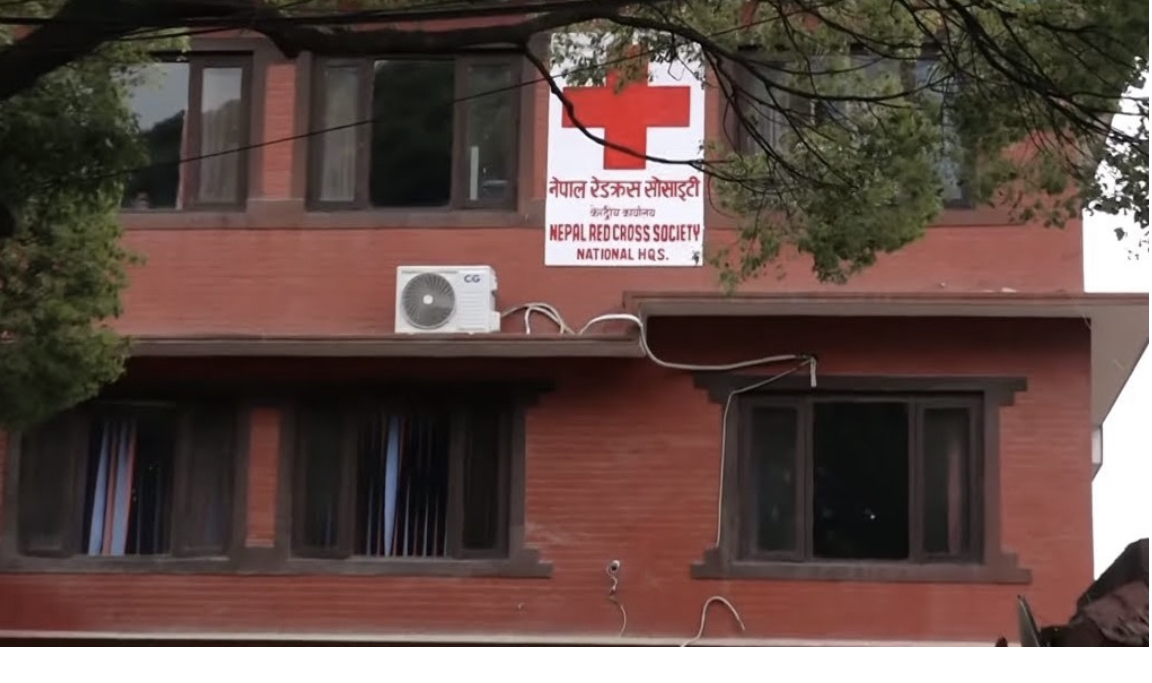
Kathmandu, June 13: Nepal Red Cross (NRCS) has launched actions against the heatwave in Nepalgunj of Banke, Siddarthanagar in Rupandehi, Dhangadhi of Kailali, and Biratnagar of Morang.
The heatwave response action initiatives in different districts are technically and financially assisted by the International Federation of Red Cross and Red Crescent Societies (IFRC).
The heat action initiatives include public awareness of the implications of heat, precautions against the impact, and the supplies of drinking water in public spaces.
Fatigue and weakness, dizziness, severe headache, nausea, muscle cramps, limbs or facial swelling, a fast heartbeat, and even unconsciousness are the implications of the heat wave that also may cause skin rashes, yellowish urine, breathing complications, low blood pressure levels, and high fever.
As the IFRC said, the heat action initiatives are specially targeted at marginalized communities.
At a programme organised here on Wednesday, on the occasion of the Heat Action Day, Azmat Ulla, Head of Delegation, IFRC in Nepal, echoed the need to promote and utilize Indigenous knowledge and skills in the response to heatwave impacts.
David Mann, Acting Director for the Environment and Resilience Office, USAID said local awareness is vital in the response against heatwave when the temperature rise has been a global concern due to climate change.
NRCS Chairperson Sudarshan Prasad Nepal said the initiatives against heat wave impact are underway in cooperation with the local levels while National Disaster Risk Reduction and Management Authority’s Chief Executive Officer Anil Pokhrel called for considering the impact of heatwave more seriously. He pressed to make the locals aware of the consequences of heatwave through the dissemination of informative materials in local languages. He also advised to utilize social sites and FM radio towards that end.





